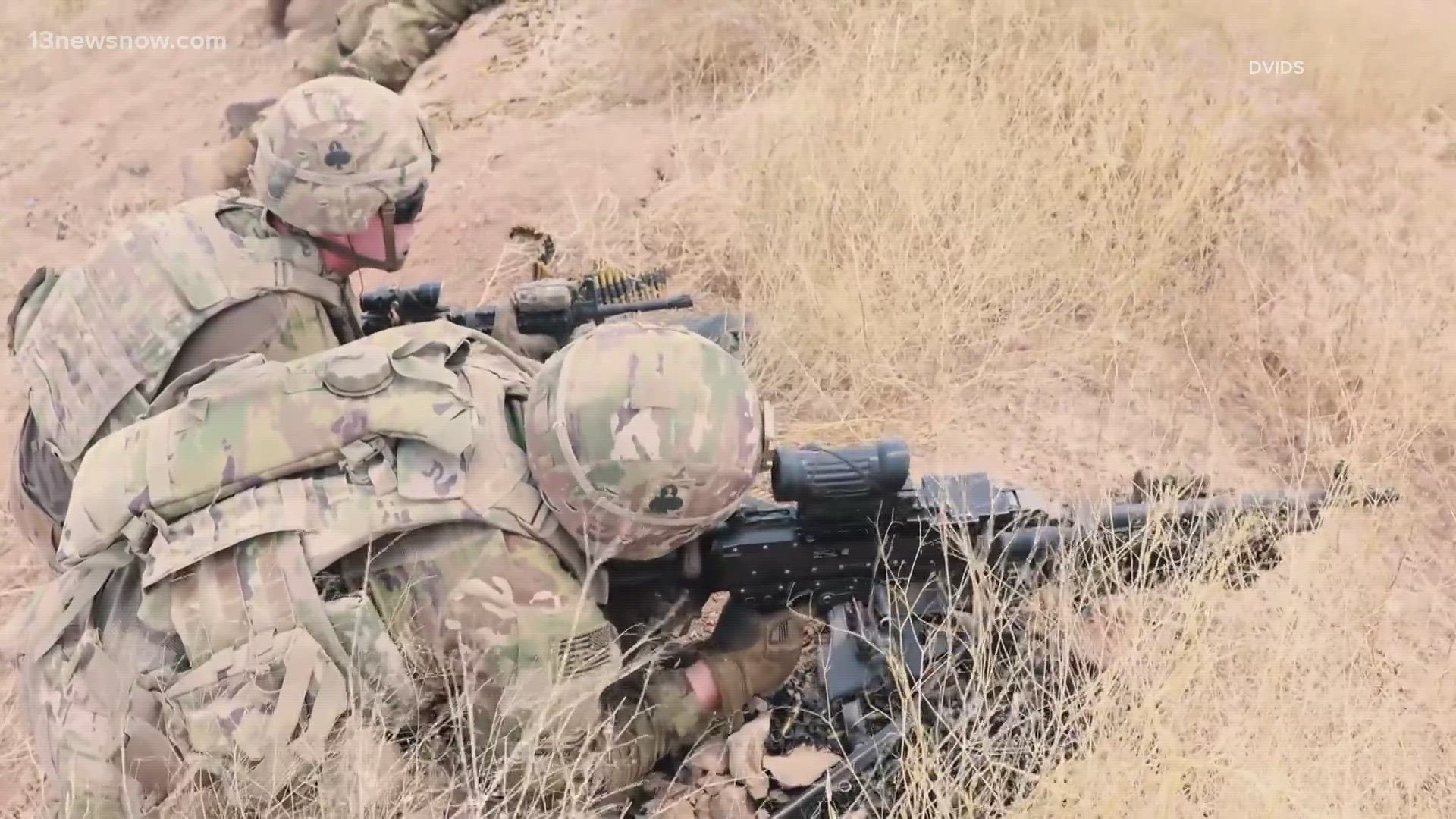NORFOLK, Va. — Being in the military comes with certain risks.
One of them is dealing with the after-effects of being around loud blasts.
Personnel exposed to repeated blasts, including those experienced during combat deployments and heavy weapons training may have elevated risks of migraines, PTSD, depression, hearing loss, chronic fatigue syndrome and other conditions.
That's according to a 2023 study by researchers from the Naval Health Research Center.
Exposure to blast waves can have a disastrous effect on people who have dedicated their lives to military service.
Now, a bipartisan group of 13 senators is taking action.
Their new bill, the Blast Overpressure Safety Act directs the Department of Defense (DOD) to enact new measures to mitigate and protect service members from blasts and enhance efforts to treat active troops and vets with injuries relating to them.
The bill would order the military to begin recording troops’ individual blast exposures in training and regularly give exposed troops neurocognitive tests to check for signs of possible injuries. It would also require military medical personnel to be trained in recognizing injuries from repeated blast exposure, which are currently often misdiagnosed as behavioral health issues if they are diagnosed at all.
"The training we put a lot of our military through involves repeated use of firearms, which is good--we want them to be proficient. But sometimes, the hearing protection isn't what it should be. And sometimes the volume and the pace of what we require is more than the hearing or the brain can bear," said Sen. Tim Kaine (D-Virginia), one of the bill's co-sponsors.
In an interview with 13 News Now, Kaine said it's critical that the nation protects its service members and veterans.
"This is something that people have been aware of, but it hasn't really been studied and kind of managed to try to make sure we're doing right by our folks," he said.
Among the bill's eight stipulations: mandating that the Government Accountability Office conduct an audit to review the DOD's efforts to address blast exposure, protect service members from retaliation and identify the most at-risk military occupational specialties.

